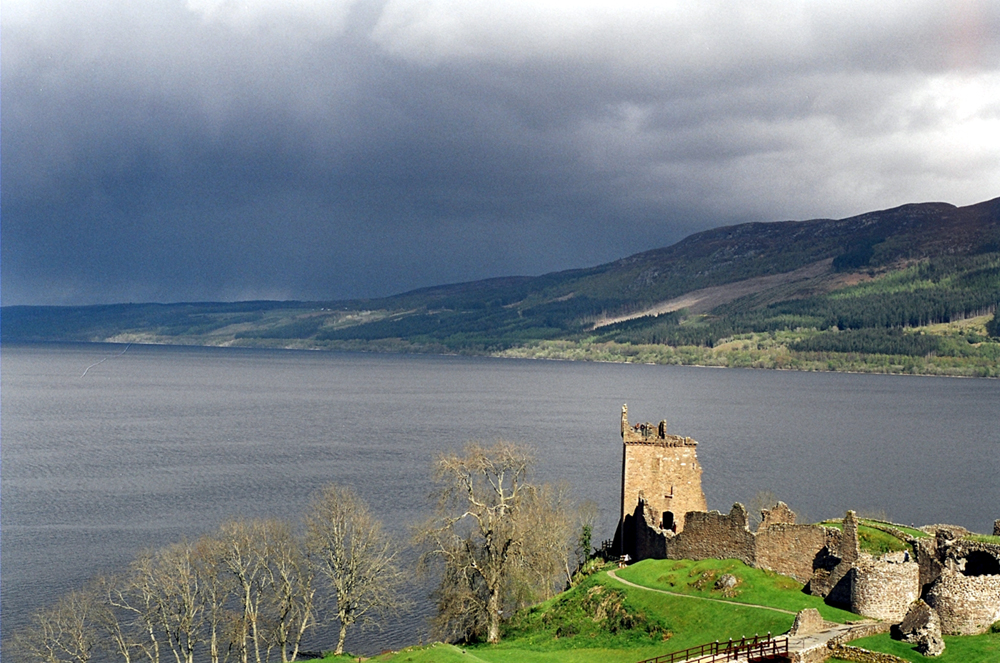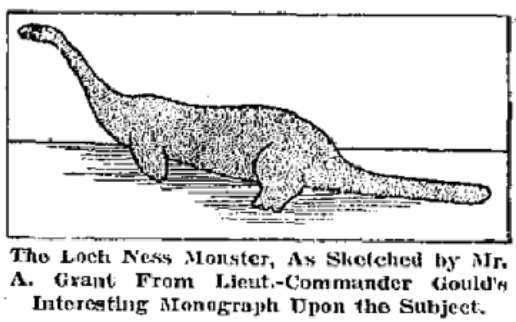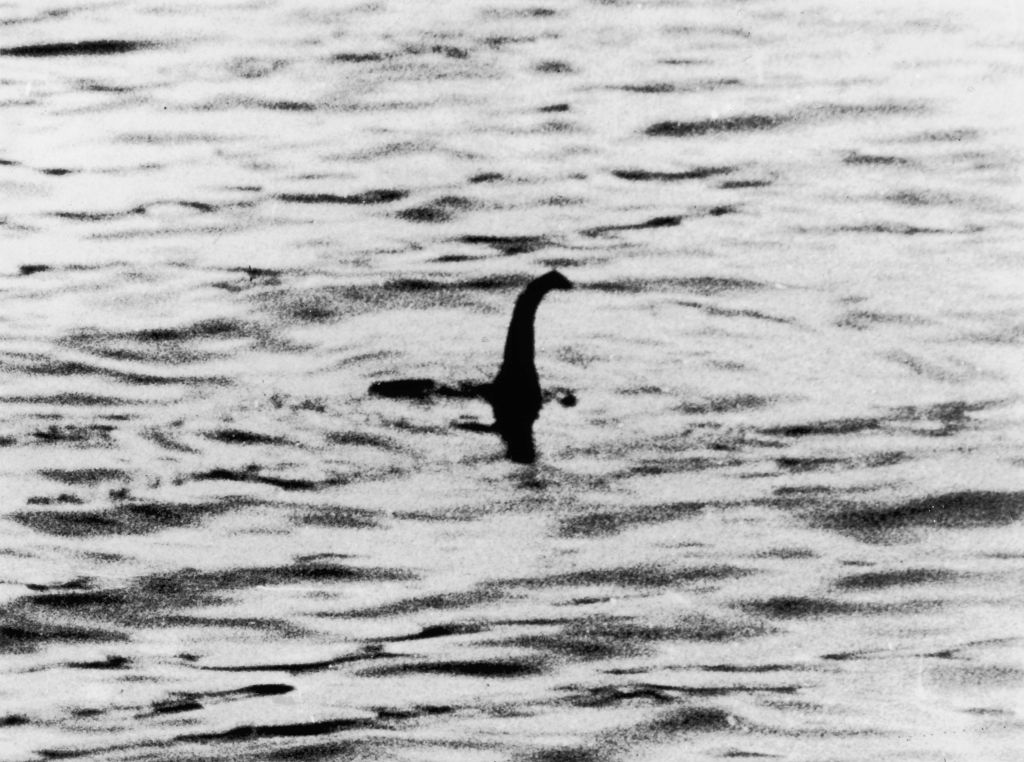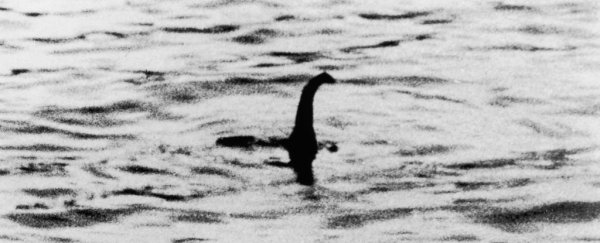The Loch Ness Monster is allegedly a solitary creature claimed to inhabit the lake of Loch Ness in the highlands of Scotland.
To date, claims about such an animal's presence stem from sightings reported by members of the public and photographs – no solid evidence has been uncovered, making its existence disputable, if not impossible.
 Peaceful Loch Ness, the alleged home of the 'monster'. (Sam Fentress/Wikimedia Commons/CC BY 2.0)
Peaceful Loch Ness, the alleged home of the 'monster'. (Sam Fentress/Wikimedia Commons/CC BY 2.0)
Why do people believe in the Loch Ness Monster?
With the exception of a folktale involving a saint that dates back to the 6th century, one of the earliest reported sightings of an unclassified animal in or near the loch date may have been presented to amateur 'cryptozoologist' Rupert Gould in 1934. For the record, cryptozoology is a pseudoscientific career where people aim to prove the existence of folklore figures – Gould was one of the first to investigate and publish a book on 'Nessie': The Loch Ness Monster and Others (1934).
Signed by a doctor named Mr. D Mackenzie, the letter references a sighting that was made half a century earlier. It was mailed to Gould amid a surge in media interest over more recent Loch Ness Monster sightings, beginning with a report made in 1933 by a traveller named George Spicer. He wrote: "I saw the nearest approach to a dragon or pre-historic animal that I have ever seen in my life."
 A 1934 sketch by one Arthur Grant of his apparent Loch Ness sighting. (Anonymous/Wikimedia Commons/Public Domain)
A 1934 sketch by one Arthur Grant of his apparent Loch Ness sighting. (Anonymous/Wikimedia Commons/Public Domain)
Since Spicer's initial description, there have been numerous similar unsubstantiated reports, making the Loch Ness Monster – or Nessie – one of the world's most famous legendary animals.
A sighting by Aldie Mackay in April 1933 was described in an article by Alex Campbell and seems to be the origin of the term 'monster'. An excerpt was printed in The Inverness Courier in 2017.
"The creature disported itself, rolling and plunging for fully a minute, its body resembling that of a whale, and the water cascading and churning like a simmering cauldron. Soon, however, it disappeared in a boiling mass of foam. Both onlookers confessed that there was something uncanny about the whole thing, for they realised that here was no ordinary denizen of the depths, because, apart from its enormous size, the beast, in taking the final plunge, sent out waves that were big enough to have been caused by a passing steamer."
Is it possible that the Loch Ness Monster is real?
The possibility of an uncatalogued animal fitting the size and behaviour of the 'monster' traditionally reported in Loch Ness is vanishingly small.
An absence of persistent physical material – including fresh remains, large teeth or bones, and suspicious DNA – makes claims of sightings difficult to substantiate by third parties.
Searches of the loch over the decades using sonar scans have provided little more than inconclusive images – none that distinctively show an animal fitting the Loch Ness Monster's description. Often, they have turned up nothing at all in the depths.
While there are numerous photographs available for analysis, a significant proportion of them have been proven to be fakes, and many contain clues that imply tampering or fraudulence.
What else could be causing the sightings?
It's impossible to conclude with certainty what inspires reports of Loch Ness Monster sightings.
In cases where fraudulence is likely – or in the famous case of the 'surgeon's photo' (shown below), which has been proven as fake – the reporter could be simply making use of the legend to earn notoriety or attention.
 The surgeon's photo. (Keystone/Stringer/Getty Images)
The surgeon's photo. (Keystone/Stringer/Getty Images)
The 'surgeon's photo' was published in The Daily Mail in 1934 and was much later revealed to be a hoax – the photo actually showed a toy submarine with a fabricated head and neck.
Where people genuinely think they've seen something, this could be caused by natural phenomena viewed under contexts that mislead or obscure. These could include the activity of well-classified animals (such as eels or seals) in a way that makes them seem larger, or waves appearing unexpectedly.
Associating unexpected observations with a sea serpent or large, monstrous form could also have cultural foundations. Research suggests changes to the way 'monsters' are depicted in reports can follow social trends, such as rising public awareness of dinosaurs or ancient marine reptiles.
This fossil mania is something that was happening in the early 1900s, and it's one of the reasons Gould never included Mr. Mackenzie's sighting in his research on the Loch Ness Monster.
All Explainers are determined by fact checkers to be correct and relevant at the time of publishing. Text and images may be altered, removed, or added to as an editorial decision to keep information current.
